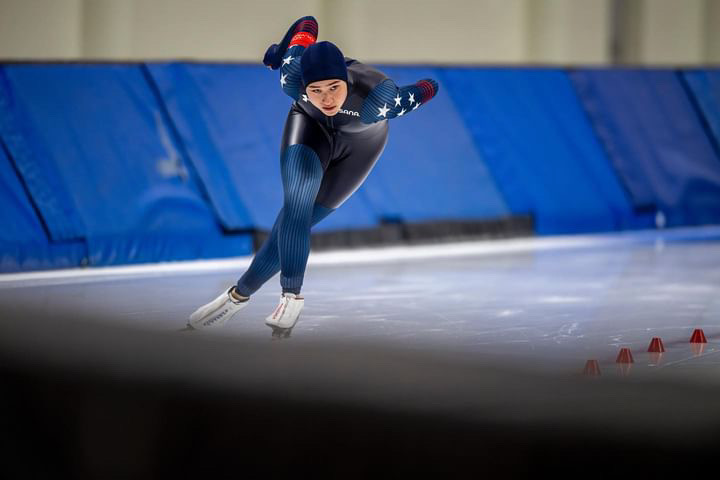In the world of prosthetics, below-the-knee prosthetics stand as marvels of innovation, offering a lifeline to individuals who have faced the challenge of lower limb amputation. These intricate devices are more than mere replacements; they’re finely tuned systems designed to restore not just mobility, but also dignity and independence.
At the heart of every below-the-knee prosthetic lies the socket—a custom-crafted interface that bridges the gap between the residual limb and the device itself. Crafted with precision to fit the unique shape of each individual’s residual limb, the socket ensures a snug and comfortable connection, preventing discomfort and skin issues while providing essential stability. The fit of the socket is crucial to the integrity of the prosthetic. A poor-fitting prosthetic is nearly worse than having no limb at all.
But stability is just one piece of the puzzle. Enter the suspension system, a crucial component that holds the prosthetic securely in place during movement. From traditional straps to cutting-edge vacuum systems, these suspension systems have evolved to provide a seamless and secure fit, empowering users to easily maneuver their way around the world, living life the same as any other person.
At the core of the device, the pylon serves as the vertical support structure, offering stability without sacrificing flexibility. Whether crafted from aluminum for affordability or carbon fiber for durability, the pylon absorbs shock and provides essential support, adapting to the user’s every move. The length of the pylon can often be adjusted depending on the wearer’s height, but as the user grows, new pylons are used to adjust for their growing body.
And then there’s the foot—an engineering marvel in its own right. From stability to energy return, the foot component offers a spectrum of options tailored to the user’s unique needs and preferences. Some opt for a realistic foot-like cover not just for aesthetics, but also for practicality, allowing them to wear shoes and protect their prosthetic from the elements. For athletes, it is common to use a blade, typically a rounded carbon fiber plate that has a high energy return, similar to the carbon fiber plates runners find in their shoes.
But perhaps the most remarkable component of all is the ankle, simulating the movement and flexibility of its biological counterpart. From shock absorption to terrain adaptation, the ankle component ensures a smooth and natural gait, empowering users to navigate life’s challenges with ease. The ankle is a highly variable part. From personal experience, springs are a viable option to mimic angle movement, but a state of the art prosthetics typically use hydraulics to make these bends and movements seamless.
As technology continues to advance, so too do these components, offering users an ever-improving experience tailored to their individual needs. By understanding the intricacies of these components, users and healthcare professionals alike can work together to unlock new levels of mobility, independence, and quality of life for those embracing life with below-the-knee prosthetics.



